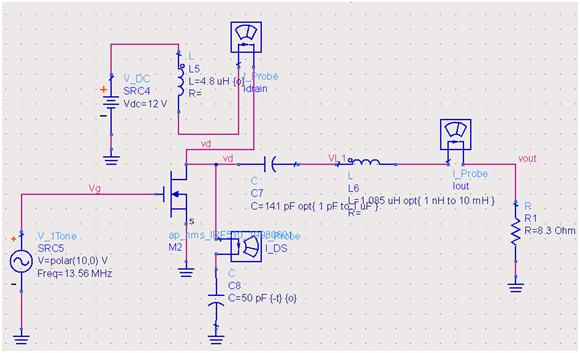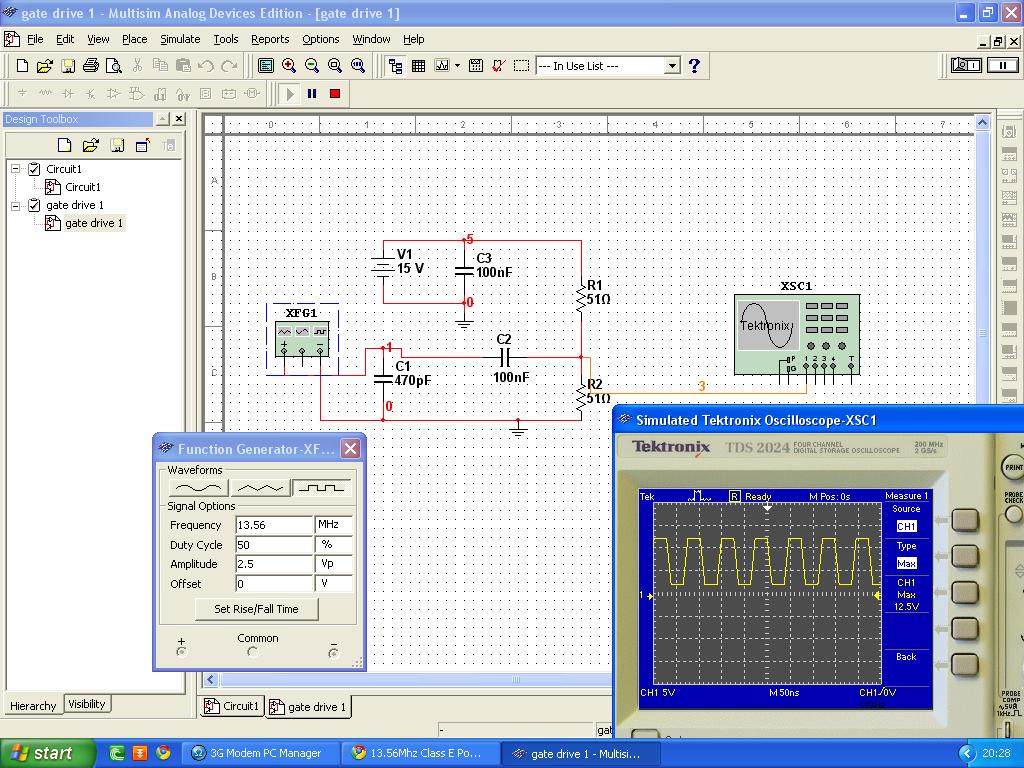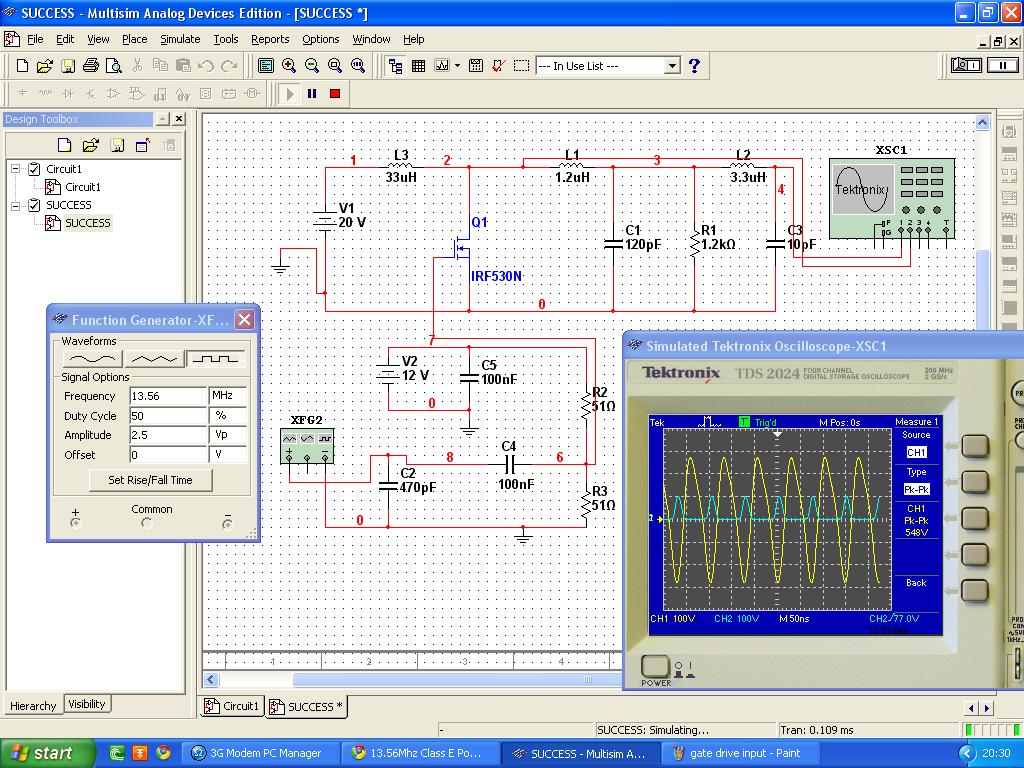keathow87
Junior Member level 1
hi, friends...I'm currently working on my Final Year Project to construct a plasma needle and facing problems in construct my RF supply. I'm using MOSFET IRF540N in my circuit as switching device and got some question here:
1) Does this IRF540N actually require Vgs of 15V to on/off it instead of the 2.5V shown in the datasheet?
2) The current instrument available for me only manage to provide a 13.56Mhz, Vpp of 2.5V square wave to my MOSFET, and it is a function generator. Is it possible for me to amplify the signal to Vpp of 15V?? what circuit needed to do it??
3) Any gate drive circuit available to provide a Vpp 15V, 13.56Mhz square wave if it is impossible to amplify the signal from function generator?
I'm really in need of your kind help and run out of time, so please help me:sad:
1) Does this IRF540N actually require Vgs of 15V to on/off it instead of the 2.5V shown in the datasheet?
2) The current instrument available for me only manage to provide a 13.56Mhz, Vpp of 2.5V square wave to my MOSFET, and it is a function generator. Is it possible for me to amplify the signal to Vpp of 15V?? what circuit needed to do it??
3) Any gate drive circuit available to provide a Vpp 15V, 13.56Mhz square wave if it is impossible to amplify the signal from function generator?
I'm really in need of your kind help and run out of time, so please help me:sad:


